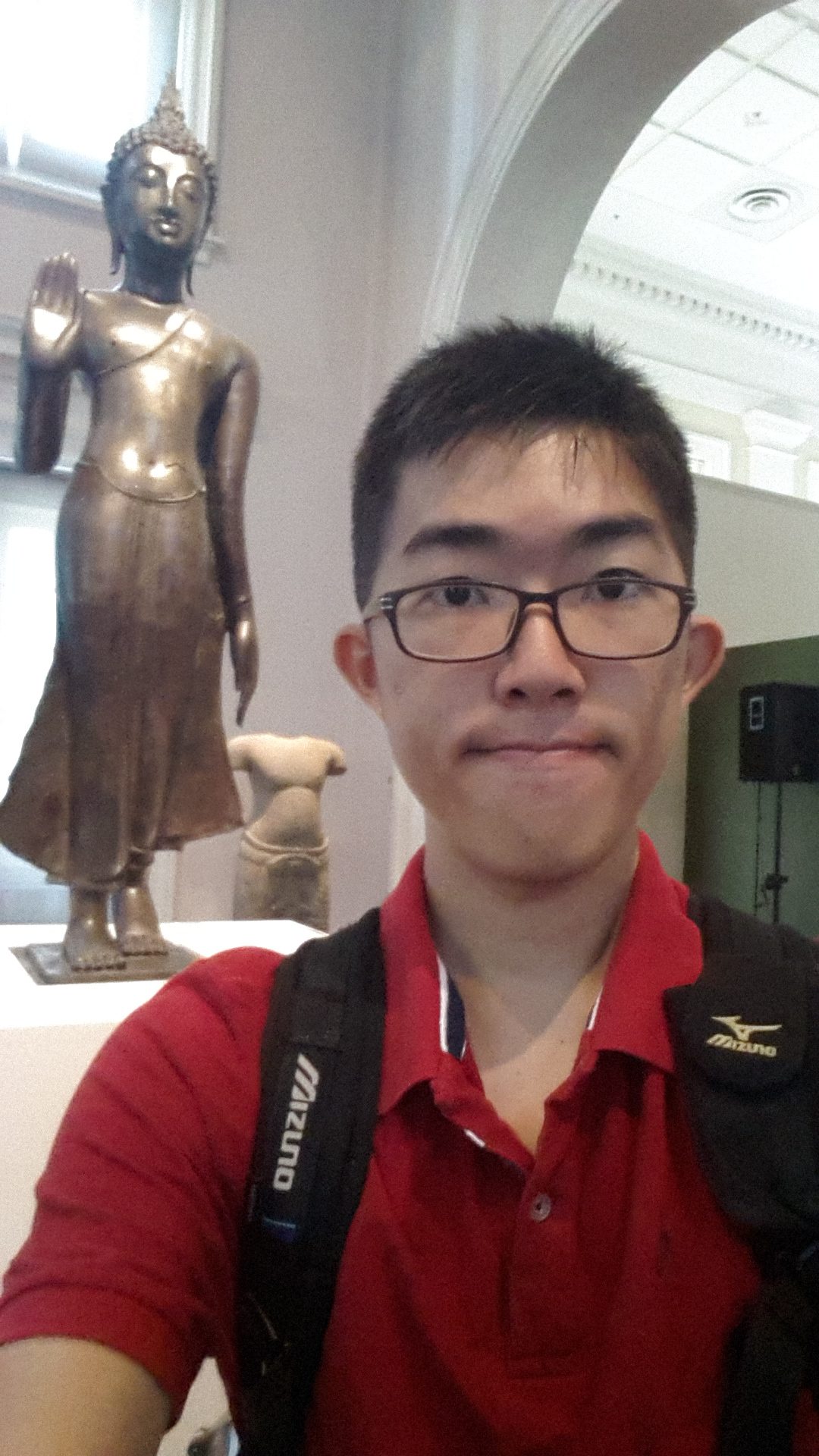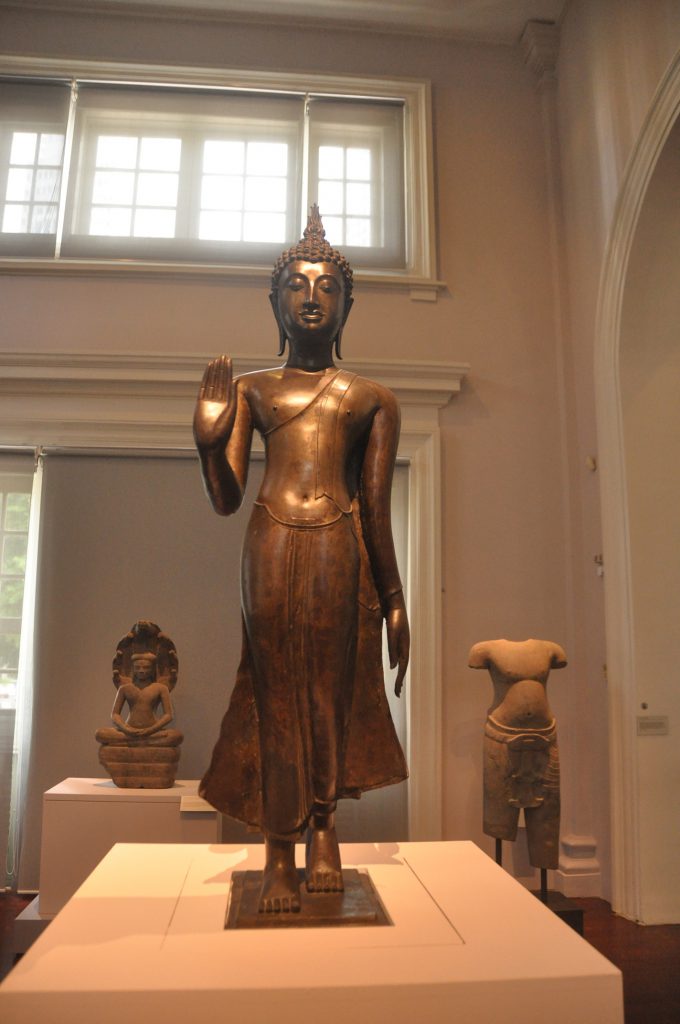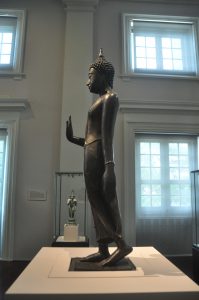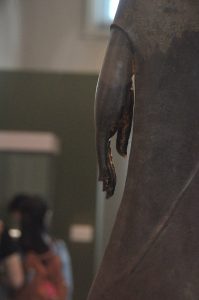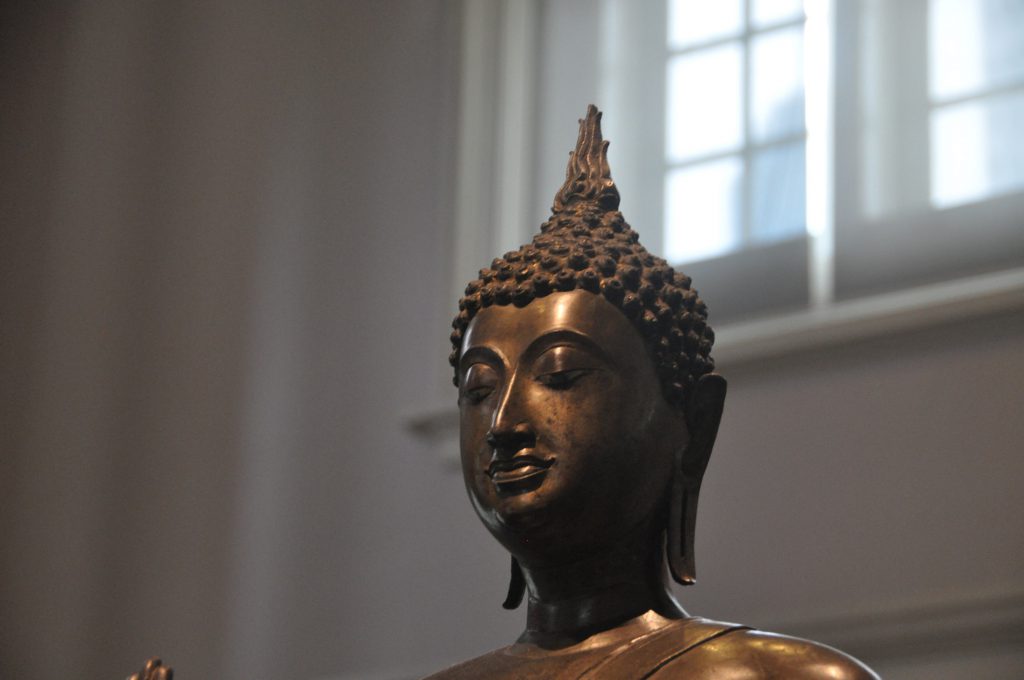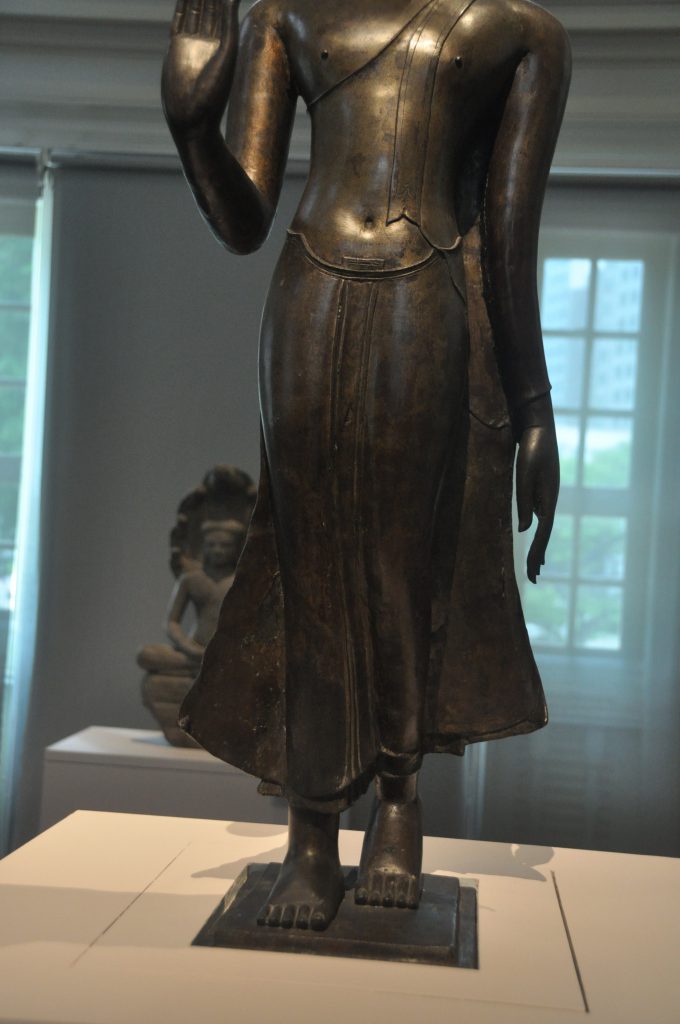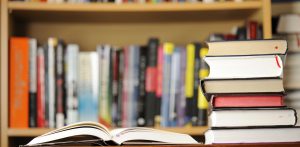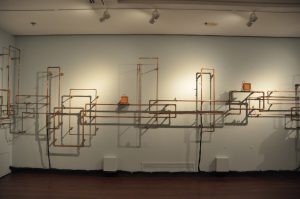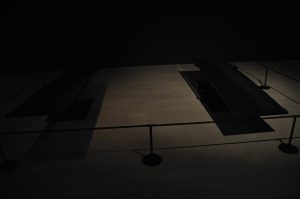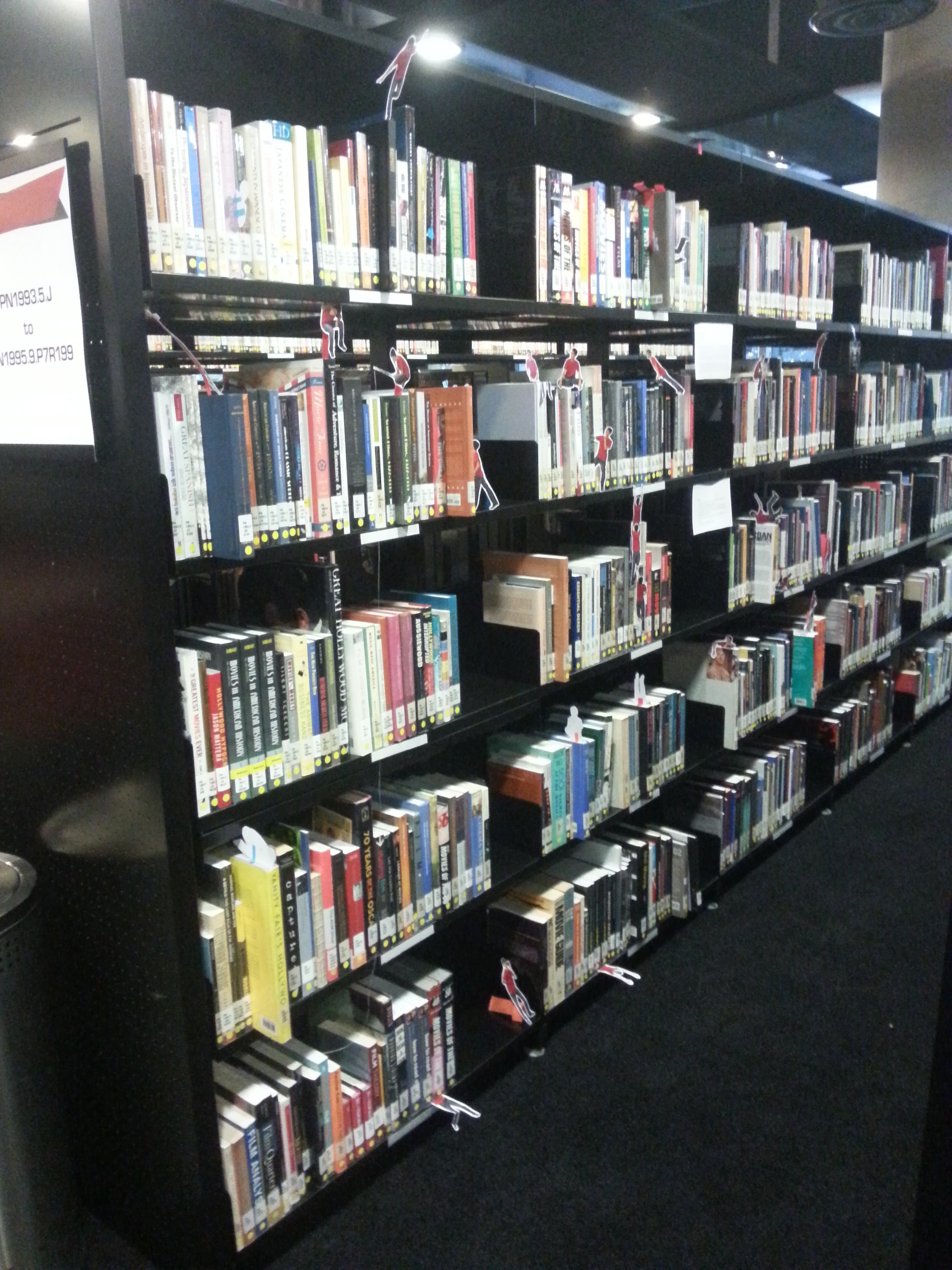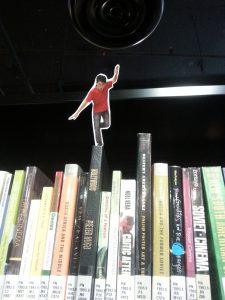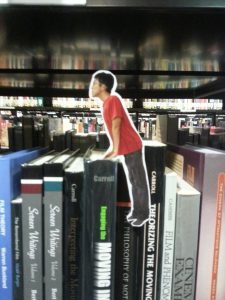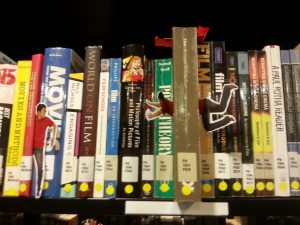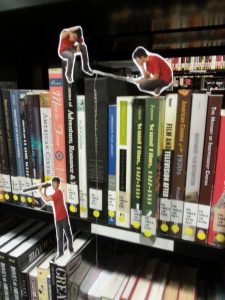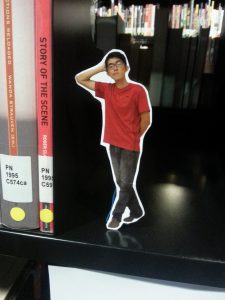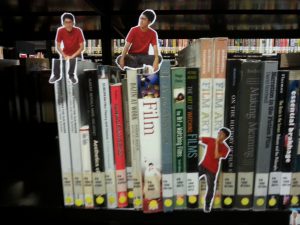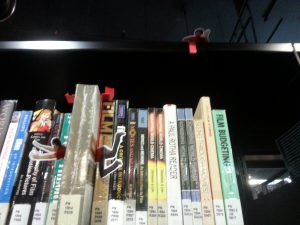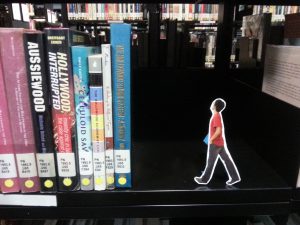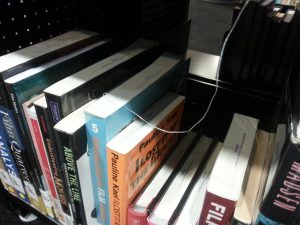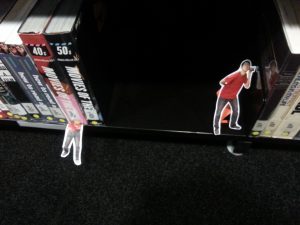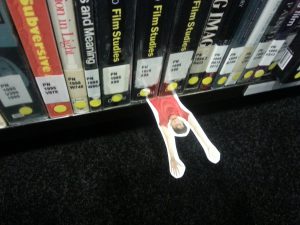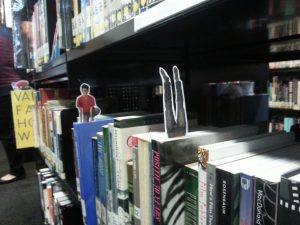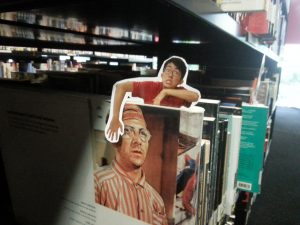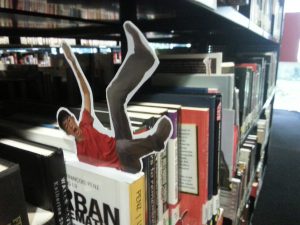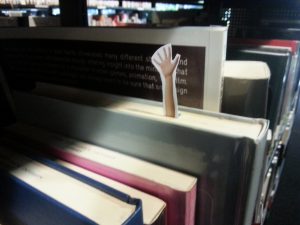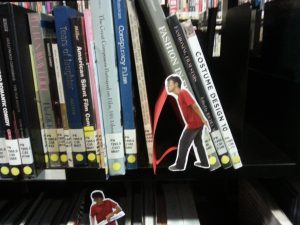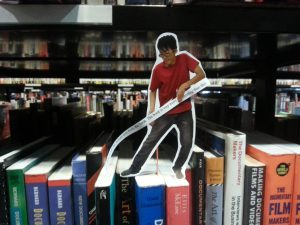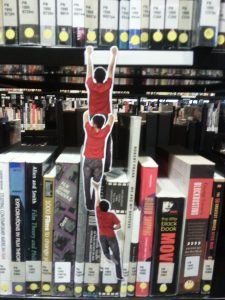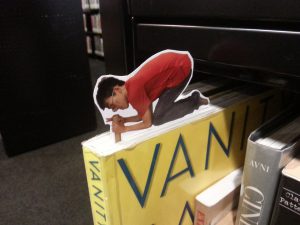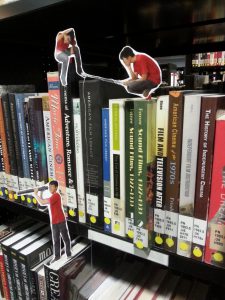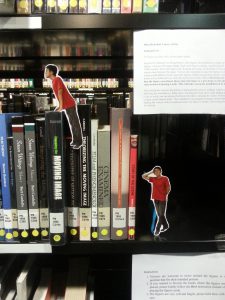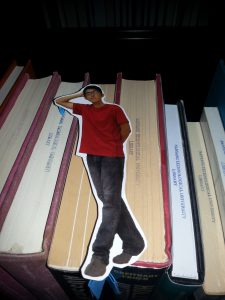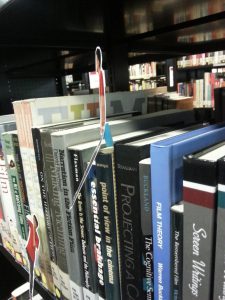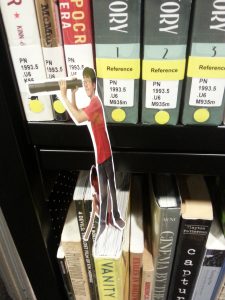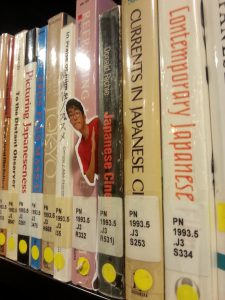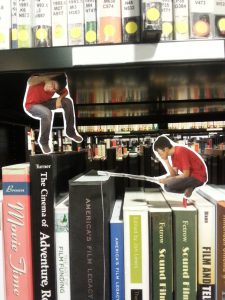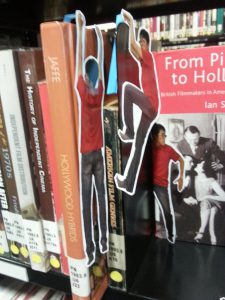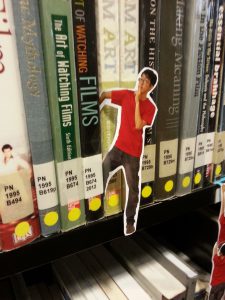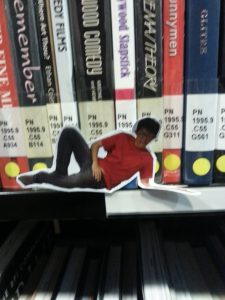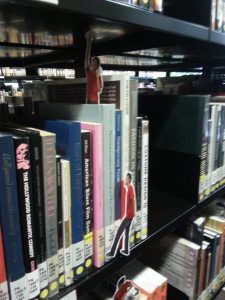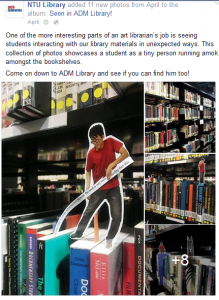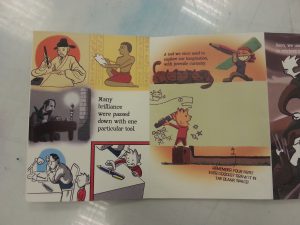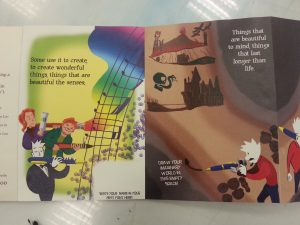My concept of Chess surrounds with “Coping a normal lifestyle”.
Initially, the story was created from a high concept setting (mafia, hitmen, etc) which I found not suitable for production. So I thought how can I take the theme to a real-life setting. Thus, CHESS is written and pitched.
CHESS is a story of an old accountant who can’t cope with post-retirement life tries to win his favorite void deck table from a secondary school student in a game of chess. During the process, their stubbornness changes both perspectives of each other’s generation.
So, not only it’s building on the theme “Coping a normal lifestyle”, it also tries to visualize the overall tension and difference between the older generation and the current generations. (This part of the story still needs to be strengthened. )
It has a few elements that I would like to try to spice up a little story like this, such as
- working with a teenage actor;
- a convincing annoying old character;
- board game montage with tons of ECU backed with crazy SFX;
- match cut transitions from scene to scene;
- possibly a visual comedy genre;
- The dialogue will be simple and mixed with Hokkien Singlish and well-versed English.
Most importantly, the two characters won’t be courteous towards each other from the start which might challenge the actors to create chemistry based on their quarrels. I hope the actors are able to improvise more on the chemistry to build up their personalities confliction.
It’s my first time working with Munn as director and director of photography, so it would be interesting to see how our visions will work out. We will work on the storyboard/shot list together. My usual style with lots of shot setup will get me killed by my DP but I try to describe all the special shots I need in the script this time so that our production duration can be controlled. (Munn will provide me the rough visuals for the 14th February class session.)
For locations, we will be scouting for void decks with stone tables and chairs. It doesn’t matter if it’s round or square or complicatedly designed as long as it has chessboard painted on it. If the old accountant’s bedroom scene stays, we will need to scout for a simple CPF-maintained housing unit that’s convincing for a lonely old man to live in. We will potentially share the same unit with CLEANING IN PROGRESS. (still in discussion) We’ll also look for an office and a chess clubroom for the flashback scenes but these two locations are expected to be found within our campus area. (hopefully.)
For art department, all needed props are mentioned in the script except for wardrobe. The old man is expected to change different colored office attire to show day difference. (Can be repeated) But as the story progressed to the meeting up of the characters, the shirt’s conditions will worsen because the old man starting to care less about his attire. The teenager, however, wears a secondary school uniform and has to be in the good condition as he’s from a family with a maid. (Will be discussed with our art director.)
For sound preparation, it will be up to my discussion with my soundperson Natasha to decide whether to execute the battle cries in the chess matches as I pitched before. There also many exaggerate SFX needed for comedic effects. However, these will be planned along with our shot list/storyboard.
This is all my concepts and decision made so far. Thanks for reading!
